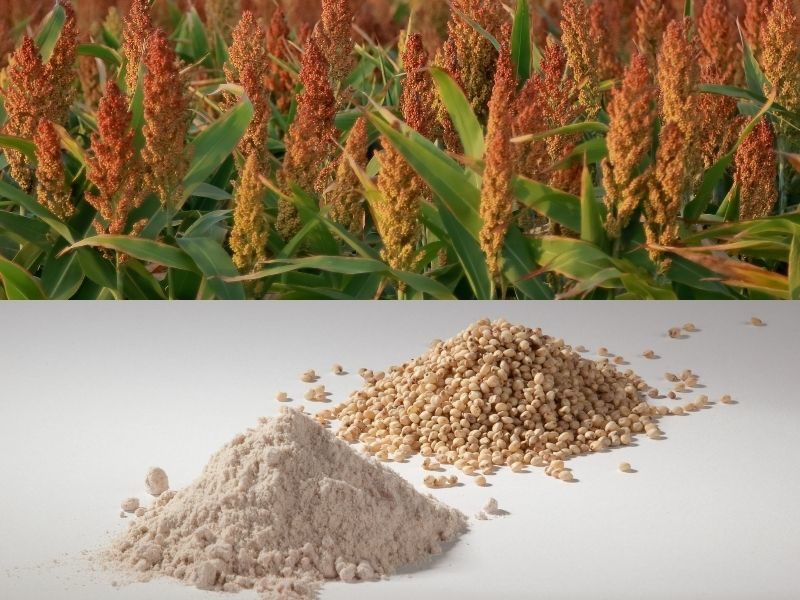Sorghum: An Ancient Grain with a Bright Future
Sorghum originated in Africa as early as 7000 BC. However, sorghum has been cultivated in many other regions of the world for a very long time. It is still the primary cereal crop in many African nations. The Egyptians used to make beer from sorghum far before they started brewing with barley. Sorghum is also the staple crop in India, and it is extremely important to Asian countries like Taiwan, Korea, and China.
Easy to Cultivate
Sorghum is widely cultivated in developing countries such as Nigeria, Mali, and Pakistan. Sorghum can resist harsh conditions like lack of water and high salt content in the soil in these countries. Therefore, it is primarily cultivated by farmers who live in arid or semi-arid cultures. In addition, the plant produces a high number of stalks which increases the income of farmers. Sorghum's stalks can yield up to 30% more than other cereals.
High Nutritional Value
Sorghum is a nutritional powerhouse. It's high in fiber, which helps keep you regular and supports weight loss. Sorghum is also a good source of protein, vitamin B6, niacin (B3), thiamine (B1), magnesium, iron, copper, phosphorus, and manganese. Sorghum also contains less gluten than wheat and has been shown in studies to be beneficial for people with celiac disease.
Versatile Cooking Ingredient
Sorghum is a great ingredient to use at home for cooking. It has a nutty flavor and blends well with other grains. In Mexico, it's used in many different dishes made with beans, meat, and chili peppers. Sorghum can also be used in everything from salads to breakfast cereals to flatbreads. One cup of sorghum contains 10 grams of protein, 5 grams of fiber (and only 100 calories).
Sorghum flour can be used as a substitute for all-purpose flour in many recipes, especially those baked with yeast. It is higher in nutritious fiber and protein and lower in carbohydrates than standard wheat flour. You can even use sorghum to make pancakes or waffles - just replace the recipe's regular flour with sorghum and use water as the binding agent instead of eggs. By using sorghum flour, you'll enhance the nutritional profile of your baking while reducing the added sugar.
Sorghum can also be pressed and fermented to create a natural sweetener that's a great alternative to cane sugar. With further fermentation, sorghum can also be used to make beer or hard liquor.
Alternate Uses for Sorghum
When some people think of sorghum, they think solely of food. However, sorghum is also an alternative renewable fuel. It can be processed into biofuel and burned directly in diesel engines or refined and used in ethanol production.
Sorghum can also be used in creating paper called sorghum paper, or 'cane paper,' and is an excellent alternative to tree-based paper, especially for greeting cards. Because of its high durability and starch content, it is a great and inexpensive alternative to wood pulp.
While sorghum has been around for a long time, there is no end to its versatility. In the age of global warming, where plants and people are put under increasing environmental stress, sorghum has a positive role to play in our diets as well as a fossil-fuel-free future. If you haven't had the opportunity to try sorghum, there are plenty of reasons for you to experience this versatile grain.
Article by Jack Burden

